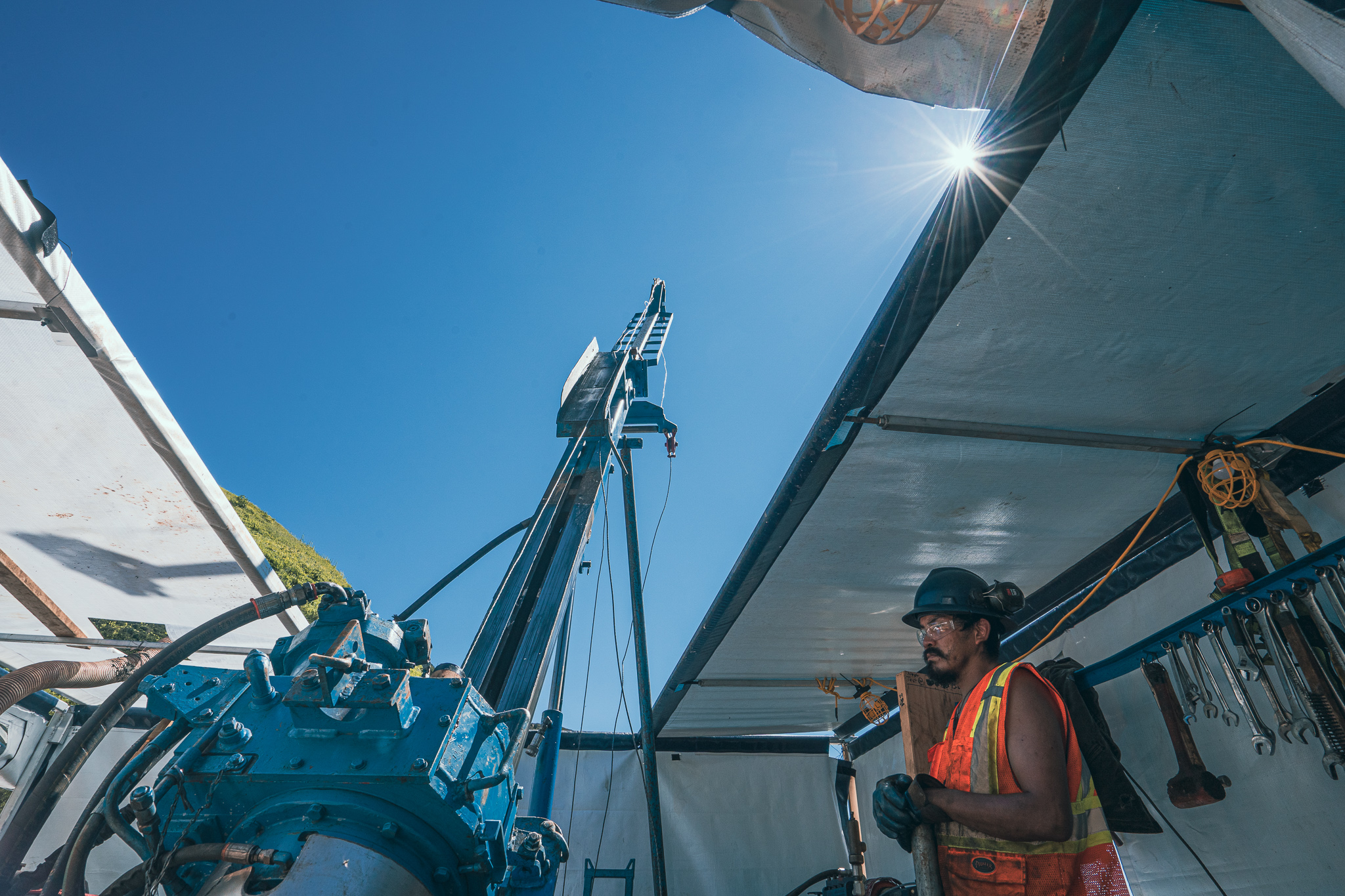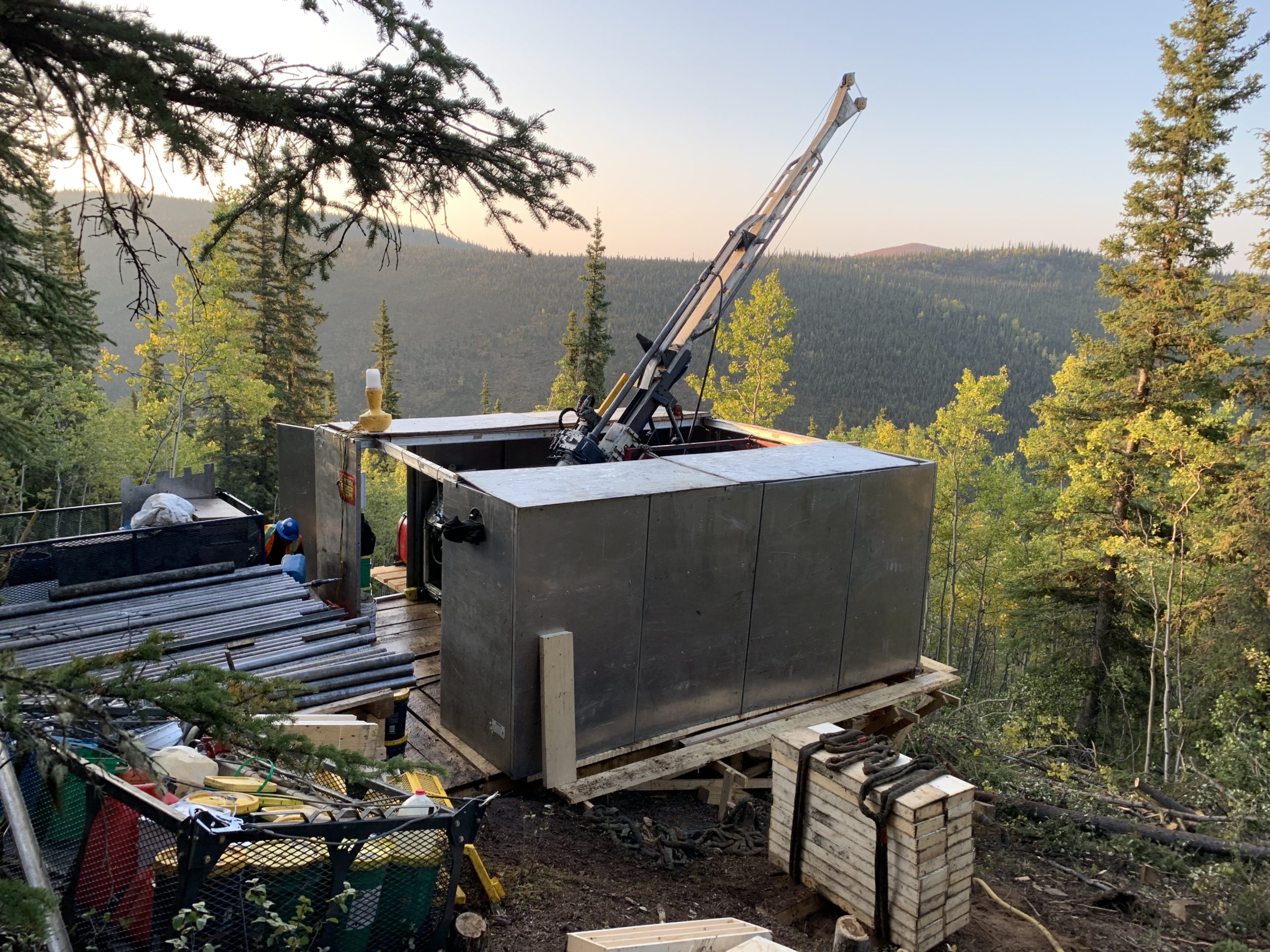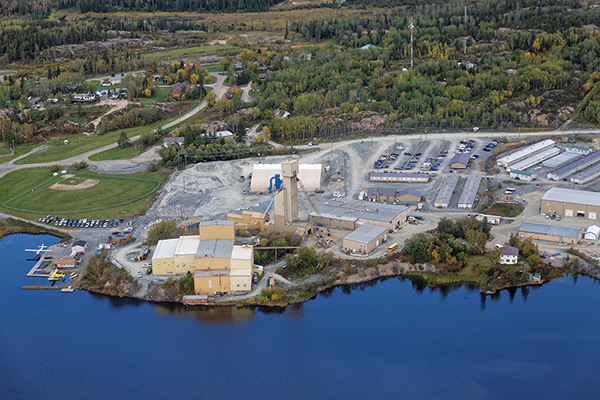How the “demon metal” gave Canadian mining a bad name

The word cobalt came from kobold, a variant of the German word kobalos, a satyr and shape-shifter of Greek mythology who mocked the work of humans. By the Middle Ages, miners in the dark depths reported that touching the metal burned their fingertips, a sure sign that demons were watching them. And so the “demon metal” it became.
Cobalt – with a capital C – is synonymous with the silver rush of over a hundred years ago in northern Ontario. The town of Cobalt got its start when silver was discovered in 1903, and that mining rush outshone any gold rush in the previous 200 years.
The race to get rich attracted miners, investors, hangers on and fraudsters all hoping to hit the silver jackpot. That there was cobalt – the metal – in the ores was of little consequence, and it was relegated to the waste pile.
But the Cobalt silver rush also gave rise to the Canadian mining industry. The technical expertise became famous worldwide. The rush gave the fledgling Toronto Stock Exchange its foundation. Yet, most people lost money to hucksters and flim-flam artists, and living in the town was far from comfortable.
I have recently read Charlie Angus’s superb history Cobalt: Cradle of the Demon Metals, Birth of a Mining Superpower. In it he gives an insider’s story of the silver rush and the early effects of mining on those who lived there and those were dispossessed so others could make their fortunes. There is an excellent review of the book and interview with the author written by Daniel Sekulich that appeared in The Northern Miner on Feb. 17, 2022.
What struck me was the absolute power mining companies were given over the land and the mineral rights. In 1909 Cobalt was a town without clean water, no hint of sanitation and barely any policing. The public good was so far down the line from the good of the mining companies, that it might as well been at the bottom of a hole 10,000 metres deep. The basics of civilized life were simply unattainable.
Ontario gave the mining companies the mineral rights and title to the town. They were allowed to dig what and where they wanted. The mines dumped toxic effluent in the nearby lakes, the same lakes from which the townspeople were drawing their drinking water. Private ownership of land was non-existent.
One example given by Angus was of a barber who didn’t want to move his shop, so his next door neighbour simply dumped its waste rock on top of his building until it collapsed.
And the federal government was complicit. In the 19th Century it did all in its power to round up Indigenous Peoples and move them off their ancestral lands so that the resource industries could exploit the wealth of Canada’s north.
Okay, now I have had my rant, which is the long way around to acknowledge how the mining industry earned its bad reputation in the eyes of the public. Who could blame people for bristling at the environmental, social and governance regime that had not the land, people or justice woven into it?
And that very negative perception haunts the mineral industry to this day. The public thinks little of mining except to oppose it.
In my 45 years as an industry observer, I have seen numerous campaigns mounted in attempts to change how non-miners think about mining. The Mining Association of Canada mounted a television campaign in the 1980s. Companies such as Teck Resources and the oilsands producers regularly run regional advertising campaigns to keep the public aware of what they do. These efforts have not gone very far toward changing the general public’s mind.
Can anything more be done? Yes, but just as the poor public opinion of mining has persisted for over a century, it could take many more decades before the benefits of the mineral industry become widely known.
Since the middle of the 20th Century, our industry is waking up to the fact that a social licence to operate is granted one project at a time. The term has become by turns “corporate social responsibility” and now “environmental, social and governance” (ESG). As we refine these concepts and measure how well they are applied one mine at a time, we will eventually get the message out to the public. As they say, “if it can’t be mined, it must be grown.” The need for critical minerals as the world transitions from fossil fuels to clean and renewable energy can help keep mining in the public spotlight.
Thanks to the colonialization of North America over the past 350 years, the mining industry also has a large part to play in reconciliation with the Indigenous People. They deserve to benefit from the resources of their traditional lands. Those benefits must come in the form of education, training, well paying jobs, and profit-sharing. They, like everyone else, want a living wage and to invest in business opportunities.
Yes, there is still a long way to go before mining is generally seen as a boon to civilized society rather than a destroyer of the land and lives. We are making large strides, but it will take more time. Never give up getting more environmentally, socially and governmentally responsible. And remember to tell the public as well as your shareholders what you are achieving.





Comments